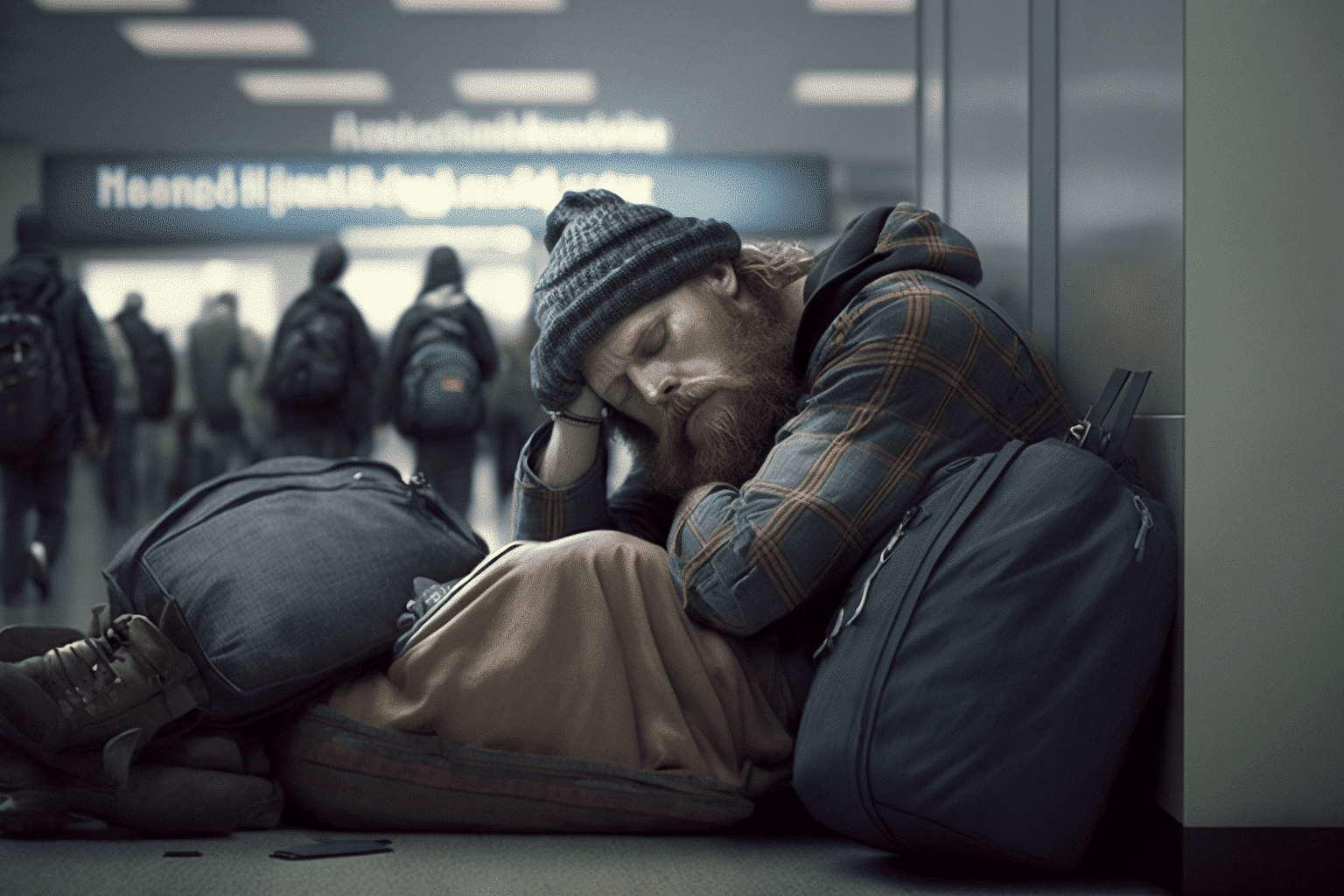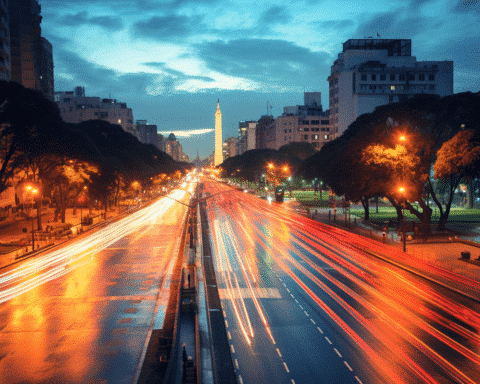Buenos Aires, the capital city of Argentina, has seen an increase in poverty rates over the years, and one of the consequences is the surge of people seeking refuge at the Jorge Newbery International Airport, known colloquially as Aeroparque.
The airport has practically turned into an unofficial homeless shelter at night. According to Horacio Ávila, who runs an organization devoted to helping homeless people, the number of people without a roof in Argentina’s capital has soared 30% since 2019.
The situation has gotten so dire that people like Elizabet Barraza, 58, are now choosing to emigrate to other countries.
Rising Inflation and Poverty Rates
Argentina has been used to double-digit inflation for years, but the inflation rate has risen sharply in recent years. In February, inflation hit an annual rate of 102.5%, the first time the annual rise in consumer prices reached triple digits since 1991.
The impoverished section of the population has been most affected by the significant inflation, particularly regarding essential food items. Argentina’s national statistics agency, INDEC, reported a rise in the poverty rate to 39.2% during the latter half of 2022, signifying a three-point increase from the first half of the year.
Additionally, the poverty rate among children under 15 has risen by over three percentage points to 54.2%.
Living at the Airport
The airport has become a refuge for people unable to afford housing due to the increasing cost of living and diminishing purchasing power. Some stay hidden among the travelers, while others have been living there for years.
Ángel Gómez, who has lived at the airport for two years, says that after the pandemic, it became a total invasion. Those like Roxana Silva, who live at the airport with her husband, do so because they cannot afford to rent a place and buy food.
She receives a government pension of 45,000 pesos, equivalent to $213 at the official exchange rate and half of that on the black market.
The situation at the airport is worsening with an increasing number of homeless people seeking refuge. Laura Cardoso, who has been living there for a year, says it’s packed with people. Mirta Lanuara, a new arrival, chose the airport because it’s clean.
Teresa Malbernat, aged 68, has been residing there for two months and has concluded that it is a safer alternative to the city’s shelters where she had encountered theft on two separate occasions.
AA2000’s Response
AA2000, the company that operates the airport in Argentina, has stated that it lacks the power to remove homeless people from the airport. It also recognizes that the situation is not sustainable and is working with government officials to find a solution.
In the meantime, the company has made efforts to improve the living conditions for those seeking refuge, such as adding more bathrooms, showers, and setting up a special area for families with children. AA2000 has also partnered with NGOs to provide basic necessities to those in need. However, these measures are temporary and do not address the underlying issue of homelessness.
The government’s Response
The Argentine government has recognized the severity of the situation and has promised to take action. In March 2022, President Alberto Fernández announced a plan to combat poverty and homelessness, which included measures such as increasing social spending, creating jobs, and building affordable housing.
However, critics argue that the government’s efforts have not been enough to address the root causes of poverty and homelessness. Inflation remains high, and many argue that the government’s economic policies have only worsened the situation.
As the government continues to grapple with the issue of poverty and homelessness, the number of people seeking shelter in the airport is likely to continue to rise. The situation is a stark reminder of the challenges facing many Argentines, and it highlights the need for long-term solutions that address the root causes of poverty and inequality.


